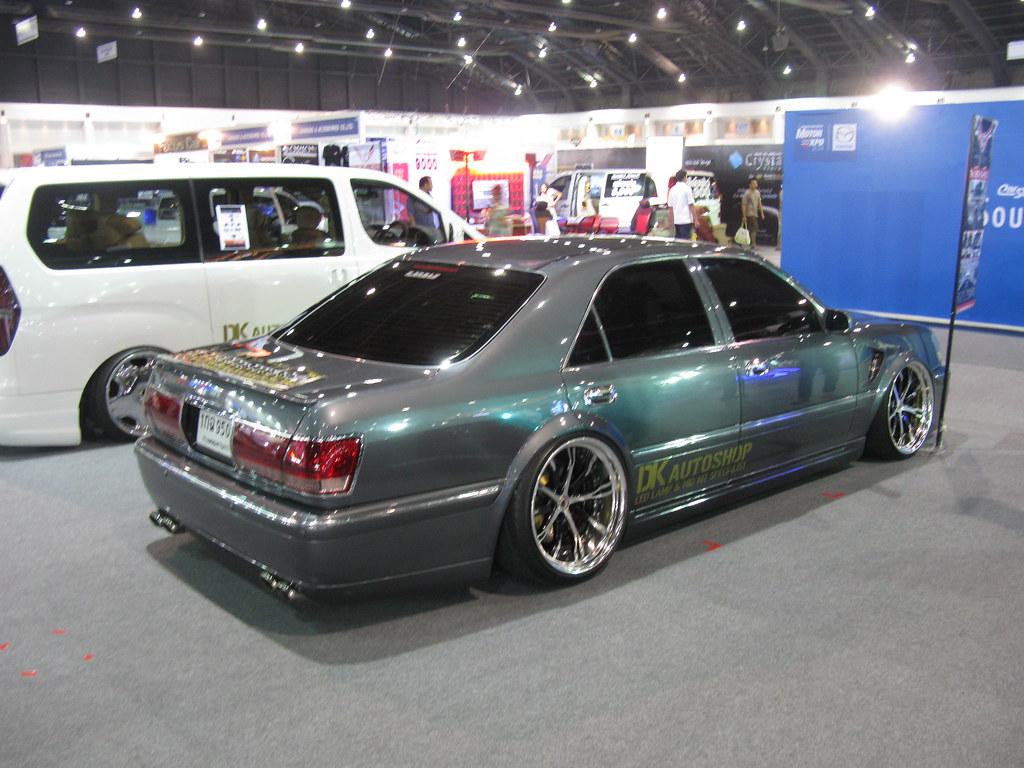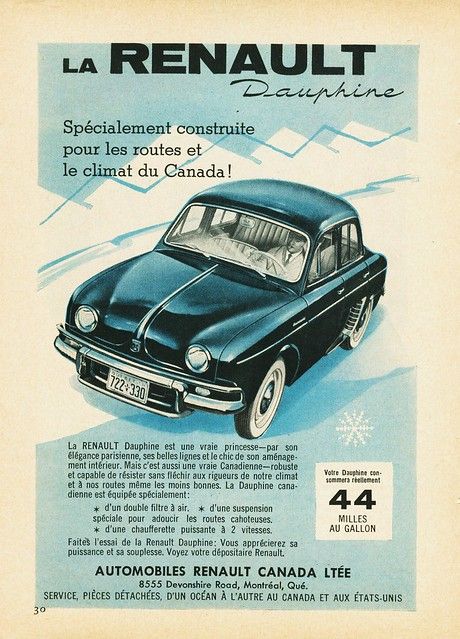
Alright, buckle up, fellow gearheads and automotive aficionados! For decades, the American sedan was not just a car; it was a cornerstone of our daily lives, a symbol of suburban aspiration, and the undisputed king of the family driveway. It was the default choice, reliable and practical, ferrying generations to school, work, and those legendary cross-country road trips. But something fundamentally shifted. Today, if you wander onto a dealership lot from any of the Big Three, you’ll be hard-pressed to find a conventional four-door sedan staring back at you. It’s truly the end of an automotive era for U.S. automakers, and if you’re anything like us, it’s a little heartbreaking.
We’re talking about more than just a passing trend here; this is a seismic shift in car buying habits, a complete cultural and lifestyle transformation that has reshaped our roads. The question on everyone’s mind isn’t just ‘Are sedans dying?’ but rather, ‘Seriously, what happened to the ones we used to love?’ The truth is, multiple factors have conspired against the once-dominant sedan, from evolving consumer preferences to strategic corporate decisions and the inexorable rise of SUVs and crossovers. It’s a complex tapestry of market forces, perception, and cold hard sales numbers that ultimately drove the decision to kill sedans among the Big Three’s lineups.
So, as enthusiasts, we feel it’s our duty to peel back the layers of this automotive mystery. We’re not just here to mourn; we’re here to understand. We’re going to take an in-depth look at some of the most iconic American sedans that have vanished from our new car showrooms, exploring their legacy, what they offered, and exactly why they couldn’t compete in today’s fiercely contested market. It wasn’t done out of spite or some malevolent purpose; it was just business. But for those of us who appreciate a well-engineered four-door, it’s a story worth telling. Let’s dive into the first five casualties.
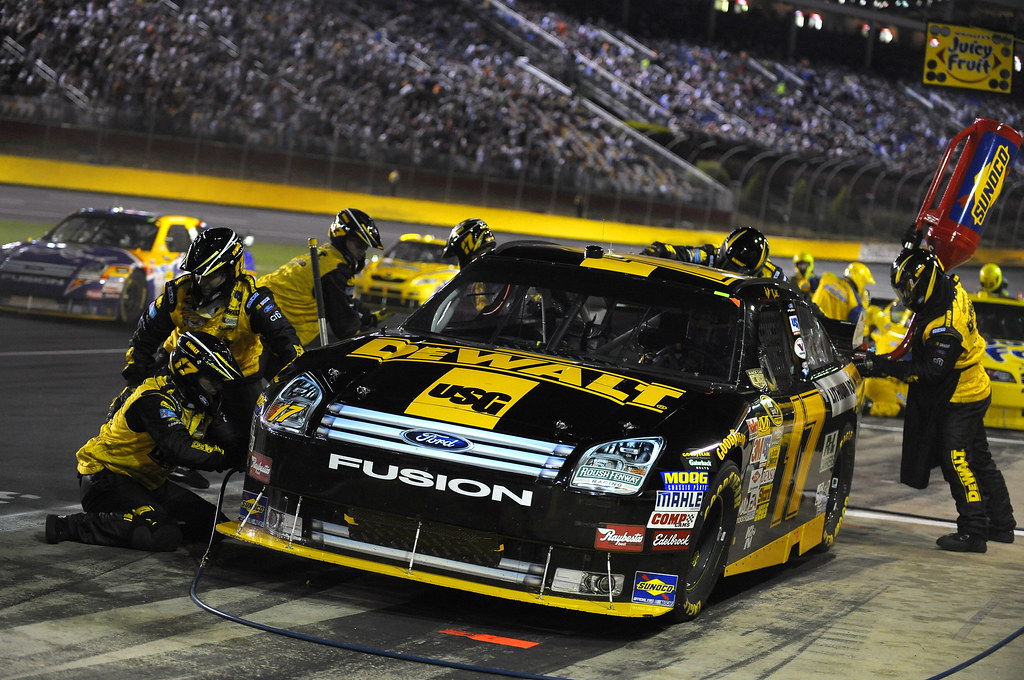
1. **Ford Fusion**Ah, the Ford Fusion. For a good while, this was Ford’s poster child for a modern, stylish, and thoroughly competitive mid-size sedan. It was sleek, often praised for its handsome European-inspired design, and it truly offered a driving experience that could hold its own against imports. For many American families, the Fusion was the logical upgrade, offering a comfortable ride, decent fuel economy, and a sense of refinement that felt like a step above. It was a solid, reliable choice that commanded a significant presence in the segment, a true staple in many American garages.
However, despite its strengths, the Fusion became an early, high-profile casualty in Ford’s aggressive pivot away from sedans. In 2018, Ford announced a massive restructuring of its North American lineup, declaring that it was revamping its entire offering in favor of SUVs and trucks. This wasn’t just a tweak; it was a full-blown strategic realignment. The company made it clear that models like the Ford Fusion, once a reliable seller, would disappear from showrooms. It was a bold move, driven by the harsh realities of declining sedan sales and the surging demand for larger, more versatile vehicles.
The decision to axe the Fusion wasn’t about the car’s inherent quality or capability; it was about market forces that were simply too powerful to ignore. The practical advantages of SUVs—spacious interiors, higher ground clearance, and the perception of enhanced safety—were eclipsing the traditional sedan’s appeal. Even a good sedan like the Fusion couldn’t escape the gravitational pull of consumer demand shifting towards crossovers and trucks. Its disappearance marked a clear signal: if a sedan as capable and popular as the Fusion couldn’t survive, few others would in the American Ford lineup.
Car Model Information: 2013 Ford Fusion Hybrid SE Hybrid
Name: Ford Fusion
Manufacturer: Ford Motor Company
Class: Mid-size car
Production: August 2005 – July 2020
ModelYears: 2006–2020
Predecessor: Ford Contour
BodyStyle: sedan (automobile)
Layout: Front-engine, front-wheel-drive
Caption: Ford Fusion Titanium Energi
Aka: Ford Mondeo
Categories: 2010s cars, 2020s cars, All-wheel-drive vehicles, All articles with dead external links, Articles with dead external links from August 2019
Summary: The Ford Fusion is a mid-size car that was manufactured and marketed by the Ford Motor Company. From the 2006 through 2020 model years, two generations of the Fusion have been produced in gasoline, gas/electric hybrid, and gas/plug-in electric hybrid variants. The Fusion was manufactured at Ford’s Hermosillo Stamping and Assembly plant in Sonora, Mexico, alongside the Lincoln MKZ, and formerly the Mercury Milan, both of which share its CD3 platform.
Production on the first Fusions began on August 1, 2005. The Fusion replaced the Mondeo for the Latin American markets, except in Argentina (where the current European Mondeo is available); in the United States and Canada it superseded the then mid-size Taurus and the compact Contour. The Fusion is positioned between the compact Ford Focus and the full-size Ford Taurus. In the Middle East, this model is sold alongside the Mondeo. Versions sold there are available only with the 2.5-liter engine. Unlike in the United States, Canada, and Latin America, no V6 engine is available in that region. The same is true in South Korea, where only the 2.5-liter engines (including those for the hybrid model) are available as of the 2012 model year.
The second generation line-up includes a gasoline engine option, an EcoBoost engine option, a next-generation hybrid model, and a plug-in hybrid version, the Ford Fusion Energi, making the Ford Fusion the first production sedan to offer these four options. Sales of the gasoline-powered and hybrid versions began in the U.S. in October 2012 under the 2013 model. Sales in Europe and Asia as Ford Mondeo began in 2015, along with South Africa, where the Fusion name was used. Deliveries of the Fusion Energi began in the U.S. in February 2013. The entire 2013 Fusion line-up was awarded with the 2013 Green Car of the Year at the 2012 Los Angeles Auto Show. In 2019, the Fusion was the seventh-best selling car in the United States.
Get more information about: Ford Fusion (Americas)
Buying a high-performing used car >>>
Brand: Ford Model: Fusion
Price: $9,745 Mileage: 133,887 mi.
Read more about: Navigating the Nightmare: The 12 Worst States for Modified Car Enthusiasts
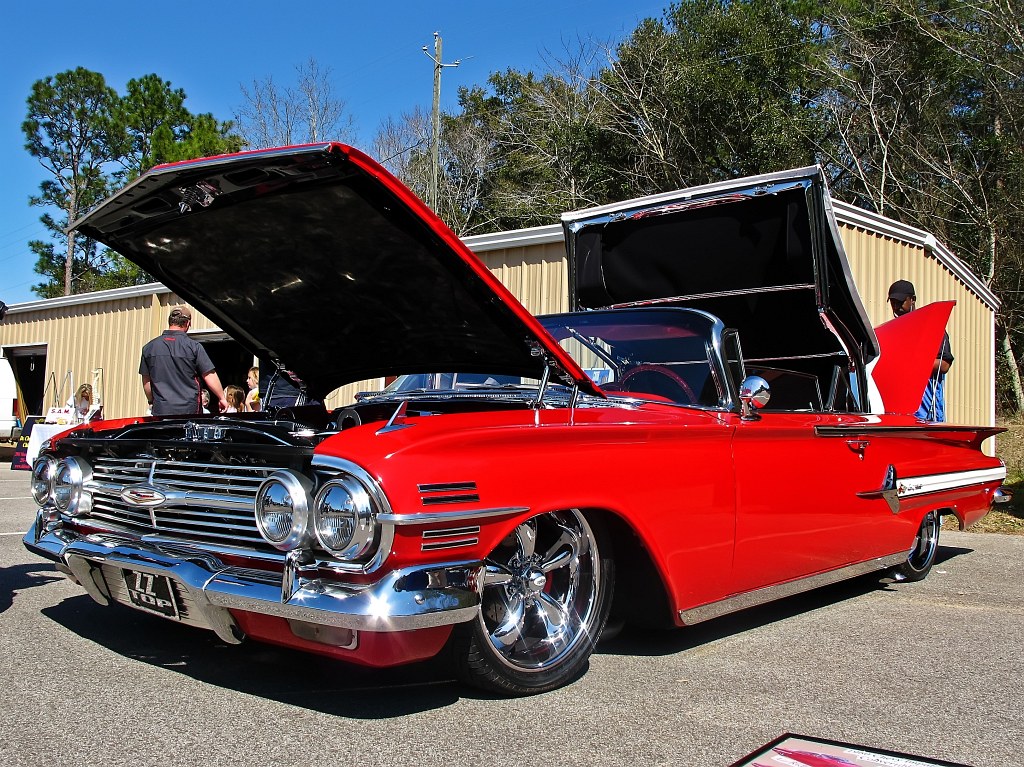
2. **Chevy Impala**For generations, the Chevrolet Impala wasn’t just a car; it was an icon, a symbol of American motoring power and style. From its flamboyant 1950s origins to its various reincarnations as a full-size family hauler, police interceptor, and even a sporty SS variant, the Impala carried a legacy that few other sedans could match. It stood for big American comfort, offering acres of interior space, a smooth ride, and often a robust V8 engine under the hood. It was the kind of car you could pile the whole family into for a summer road trip, feeling utterly confident and uniquely American.
But even an icon, it seems, isn’t immune to the relentless march of market trends. The Impala, a proud flag-bearer for Chevrolet’s sedan lineup, began its slow, deliberate fade over several years. While its later generations were competent, offering a comfortable and spacious ride, they couldn’t stem the tide of buyers flocking to SUVs. GM, like Ford, was in the midst of its own strategic pivot, not just towards SUVs but also, critically, towards electric vehicle production. The factory space, the engineering resources, and the marketing budgets once dedicated to the Impala became more valuable for the company’s burgeoning EV plans, particularly for the Ultium platform.
So, with the Chevy Malibu also leaving GM’s lineup, the Impala’s demise marked another significant step in the winding down of traditional American sedans. Its departure wasn’t just about an individual model; it was about the broader transformation of General Motors’ vehicle portfolio. The legacy of the Impala remains significant, a testament to a time when a full-size sedan was king. However, in the contemporary automotive landscape, where versatility and perceived utility reign supreme, even the Impala had to yield its spot to vehicles that promise more ‘car for the money’ in the eyes of the average consumer.
Car Model Information: 1963 Chevrolet Impala Base
Name: Chevrolet Impala
Caption: Fourth-generation model (1967)
Manufacturer: Chevrolet
Production: 1957–1985,1994–1996,1999–2020
ModelYears: 1958–1985,1994–1996,2000–2020
Predecessor: Chevrolet Bel Air,Chevrolet Lumina#Second generation (1995–2001)
Successor: Chevrolet SS,Chevrolet Caprice
Platform: GM B platform,GM W platform,GM W platform (GMX211) (2005–2013),GM Epsilon platform#Epsilon II
Class: Full-size car,Mid-size car
Layout: Front-engine, rear-wheel-drive layout,Front-engine, front-wheel-drive layout
Categories: 1960s cars, 1970s cars, 1980s cars, 1990s cars, 2000s cars
Summary: The Chevrolet Impala () is a full-size car that was built by Chevrolet for model years 1958 to 1985, 1994 to 1996, and 2000 to 2020. The Impala was Chevrolet’s popular flagship passenger car and was among the better-selling American-made automobiles in the United States.
For its debut in 1958, the Impala was distinguished from other models by its symmetrical triple taillights. The Chevrolet Caprice was introduced as a top-line Impala Sport Sedan for model year 1965, later becoming a separate series positioned above the Impala in 1966, which, in turn, remained above the Chevrolet Bel Air and the Chevrolet Biscayne. The Impala continued as Chevrolet’s most popular full-sized model through the mid-1980s. Between 1994 and 1996, the Impala was revised as a 5.7-liter V8–powered version of the Chevrolet Caprice Classic sedan.
In 2000, the Impala was reintroduced again as a mainstream front-wheel drive car. In February 2014, the 2014 Impala ranked No. 1 among Affordable Large Cars in U.S. News & World Report’s rankings. When the 10th generation of the Impala was introduced for the 2014 model year, the 9th generation was rebadged as the Impala Limited and sold only to fleet customers through 2016. During that time, both versions were sold in the United States and Canada. The 10th-generation Impala was also sold in the Middle East and South Korea.
Get more information about: Chevrolet Impala
Buying a high-performing used car >>>
Brand: Chevrolet Model: Impala
Price: $89,991 Mileage: 15,837 mi.
Read more about: Remember the ’60s? These 14 American Classics Were the Absolute Legends of Style and the Open Road.
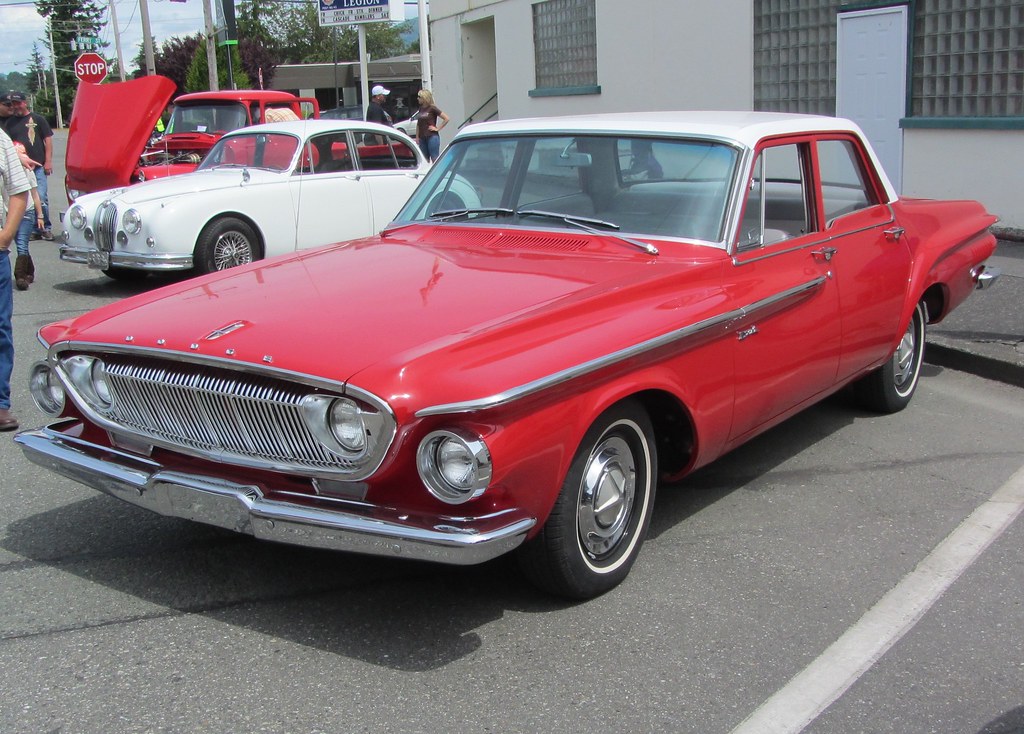
3. **Dodge Dart**The Dodge Dart was an interesting case, a sedan that represented an attempt by Chrysler (now part of Stellantis) to re-enter the compact sedan segment with a competitive offering. Launched in the early 2010s, it aimed to offer European-inspired driving dynamics thanks to its Alfa Romeo Giulietta platform, combined with American sensibilities in design and features. It was a compact sedan that tried to blend efficiency with a bit of flair, targeting younger buyers and those looking for something a bit more engaging than the typical economy car. For a moment, it seemed like Dodge might have a contender.
However, the Dart’s journey was short-lived and ultimately unsuccessful. Despite its promising underpinnings and some genuinely good aspects, it struggled to gain significant traction in a highly competitive segment already dominated by established Japanese and Korean rivals. More importantly, the market’s pivot towards crossovers and SUVs was already well underway, rapidly diminishing the overall demand for compact sedans. Buyers who might have considered a Dart for its practicality and efficiency were increasingly looking at small crossovers that offered a higher driving position, more cargo space, and a perceived increase in versatility for only a marginal price difference.
Ultimately, the Dodge Dart disappeared from showrooms relatively quickly, unable to compete against both its direct sedan competitors and the surging tide of crossover popularity. Its fate underscored a crucial point: simply being a ‘good’ compact sedan wasn’t enough anymore if the broader market was moving in a different direction. It became another clear example of a sedan trying to swim against an unstoppable current of consumer preference, a battle it simply couldn’t win. The Dart’s story is a poignant reminder of how quickly the automotive landscape can change, leaving even well-intentioned models behind.
Car Model Information: 2015 Dodge Dart SXT
Name: Dodge Dart
Caption: 1966 Dodge Dart GT 2-door hardtop
Manufacturer: Dodge
Production: 1959–1976 (US market)
ModelYears: 1960–1976 (US market)
Class: Full-size
Layout: FR layout
Predecessor: Dodge Coronet#Fourth generation (1957–1959)
Related: Plymouth Valiant,Chrysler Valiant,Dodge Phoenix
Successor: Dodge Aspen,Dodge Diplomat,Talbot Tagora
Categories: 1970s cars, All articles with unsourced statements, Articles with short description, Articles with unsourced statements from December 2023, Articles with unsourced statements from May 2025
Summary: The Dodge Dart is a line of passenger cars produced by Dodge from the 1959 to 1976 model years in North America, with production extended to later years in various other markets.
The production Dodge Dart was introduced as a lower-priced full-size model in 1960 and 1961, but became a mid-size car for one model year for 1962, and was then reduced to a compact for two generations, from 1963 to 1976.
Chrysler had first used ‘Dart’ name plates on two Italian styled show cars, in 1956 and 1957, before it became a Dodge model name. The Dart nameplate was resurrected for a Fiat-derived compact car that was introduced in 2012.
Get more information about: Dodge Dart
Buying a high-performing used car >>>
Brand: Dodge Model: Dart
Price: $9,995 Mileage: 143,082 mi.
Read more about: Buyer’s Remorse on Wheels: The 15 Vehicles That Left Owners Longing for a Do-Over
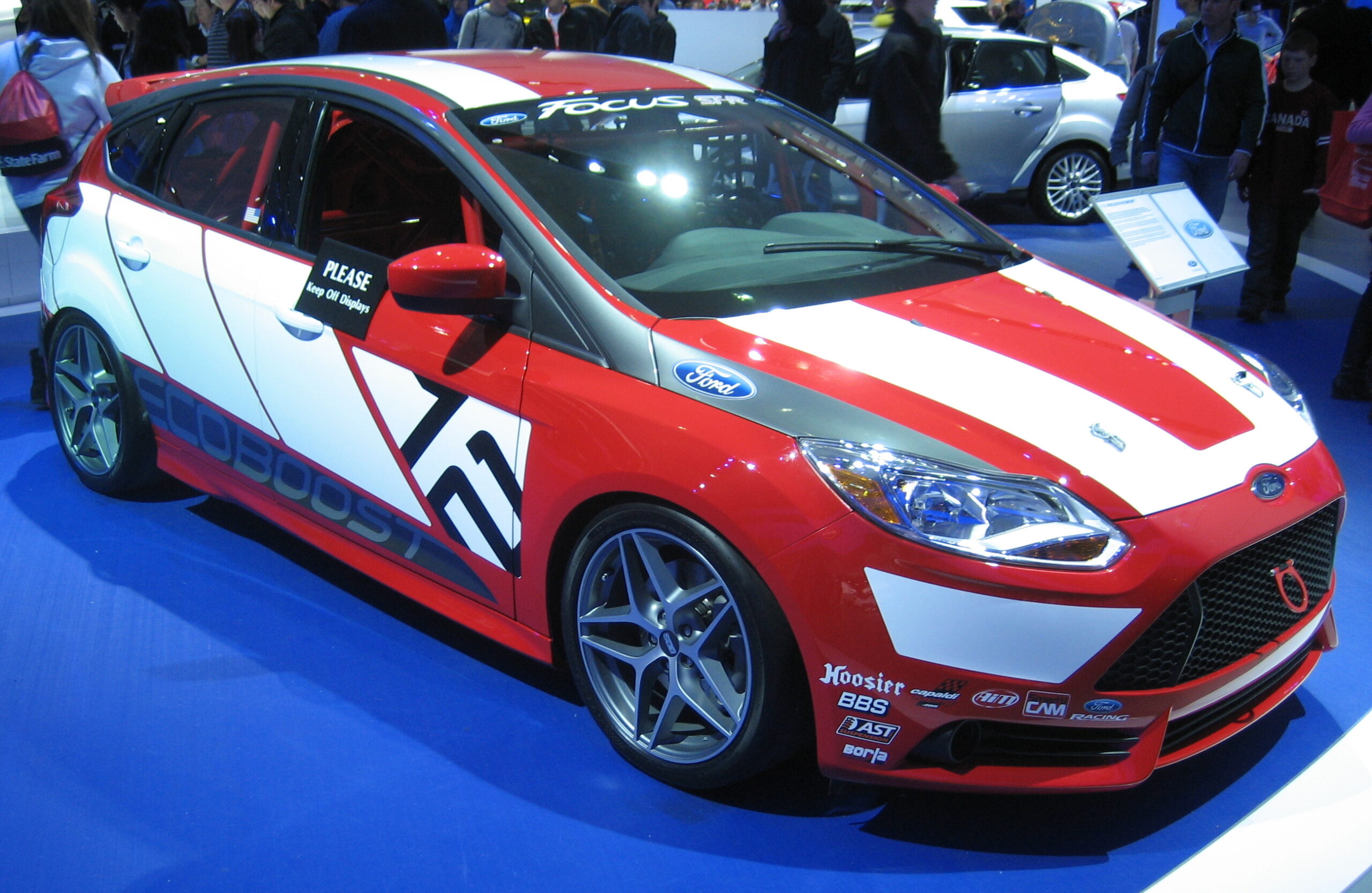
4. **Ford Focus**For many who appreciate a car that can actually *drive*, the Ford Focus was a beacon of hope in the compact segment. Especially in its later generations, it was known for its lively handling, direct steering, and a surprisingly engaging driving experience. Enthusiasts often championed the Focus, particularly those models equipped with a five-speed manual transmission as standard in the base trim. It was a fun-to-drive, fuel-efficient, and practical small car that offered real value for money, especially for those who valued the tactile feedback of a manual shifter over automatic convenience.
Yet, even with its enthusiast appeal, the Focus was caught in the same market maelstrom as its larger sibling, the Fusion. The context explicitly highlights the brutal reality: the 2018 Ford Focus, with its base MSRP of $17,950 and 13.2 cubic feet of cargo space, was directly compared to the 2018 Ford Escape, priced at $23,940 but offering a massive 68 cubic feet of maximum cargo room. To someone who views a car primarily as a practical necessity, the Escape was unequivocally ‘more car for the money.’ It didn’t matter if the Focus offered a more spirited drive or better fuel economy; the perception of value, driven by sheer size and cargo capacity, trumped all.
Ford swiftly phased out the Focus, Fiesta, and Taurus within months of each other in 2018, consolidating its resources towards the vehicles customers *were* buying. While the automotive enthusiast community might be vocal, it’s simply too small of a demographic to ensure that big American automakers keep producing vehicles that don’t generate significant sales volumes. The Focus, despite its commendable driving dynamics, was another victim of this stark economic reality. It wasn’t a bad car; it was just a car that didn’t fit the rapidly evolving definition of what the average American buyer wanted.
Car Model Information: 2017 Ford Focus ST Base
Name: Ford Focus
Caption: 2018 Ford Focus ST-Line X
Manufacturer: Ford Motor Company
Production: 1998–2025
Class: Small family car
BodyStyle: ubl
Layout: Front-engine, front-wheel drive,Front-engine, four-wheel-drive
Predecessor: Ford Escort (Europe)
ModelYears: 2000–2018 (North America)
Categories: 2000s cars, 2010s cars, 2020s cars, All articles with specifically marked weasel-worded phrases, All articles with unsourced statements
Summary: The Ford Focus is a compact car (C-segment in Europe) manufactured by the Ford Motor Company from 1998 until 2025. It was created under Alexander Trotman’s Ford 2000 plan, which aimed to globalize model development and sell one compact vehicle worldwide. The original Focus was primarily designed by Ford of Europe’s German and British teams. Production of the fourth generation Focus began in 2018 in Germany and China. In 2025, Ford announced that the Focus will no longer be built, in line with an announcement made in 2022.
Get more information about: Ford Focus
Buying a high-performing used car >>>
Brand: Ford Model: Focus
Price: $15,645 Mileage: 97,277 mi.
Read more about: Bring Back the Black: Your Expert 12-Step Guide to Restoring Faded Plastic Trim on Any Car
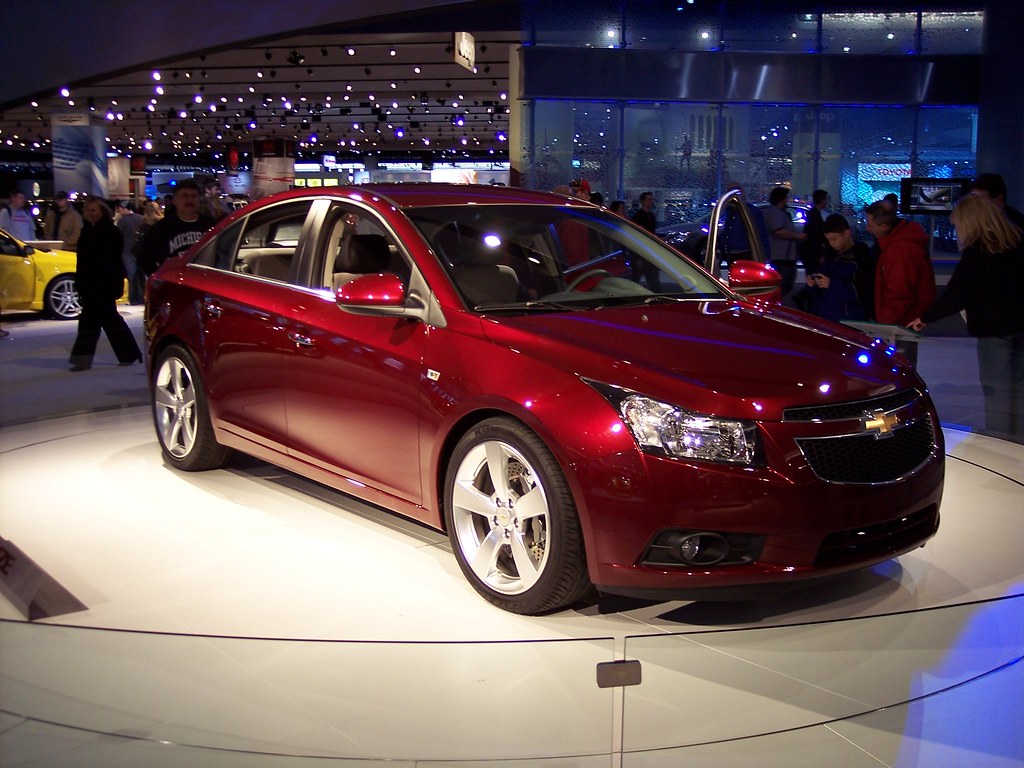
5. **Chevy Cruze**The Chevrolet Cruze was GM’s answer to the compact sedan market, aiming to provide a competitive, fuel-efficient, and feature-packed option for buyers. It succeeded the older Cobalt and offered a much-improved package, with a more refined interior, contemporary styling, and respectable efficiency. It was designed to be a global car, selling well in various markets, and for a time, it was a solid choice for many looking for a no-nonsense, economical sedan that could handle daily commutes and small family duties without fuss. It brought a level of sophistication and safety that previous GM compacts often lacked.
However, like its counterparts from Ford, the Cruze found itself in an increasingly hostile market for sedans in America. General Motors was undergoing a significant strategic shift, not just to embrace SUVs and trucks, but also to dedicate substantial resources to the development and production of electric vehicles. The company recognized that factory space, once churning out sedans like the Cruze, could be far better utilized for producing more profitable and in-demand SUVs and the upcoming wave of EVs based on platforms like Ultium.
The Impala, Malibu, Cruze, Sonic, and various Buick sedans all met similar fates, being phased out over several years to clear the path for this new automotive future. The decision to retire the Cruze, much like the Ford Focus, was a hard-nosed business calculation. With sedan sales accounting for an increasingly minuscule percentage of total vehicle sales – for GM, just 130,000 Malibus sold in 2023 out of 2.6 million vehicles – it made little fiscal sense to dedicate time, money, and effort to keeping such models alive. The Cruze, a perfectly capable and once-popular compact sedan, simply became a casualty of a market that had decisively moved on, prioritizing larger vehicles and electric propulsion.
Alright, fellow gearheads and automotive aficionados, we’ve already taken a deep dive into the initial wave of American sedan casualties. But the story doesn’t end there. The vanishing act of the once-ubiquitous sedan continues, reflecting the relentless march of market forces, the evolving psychology of car buyers, and the hard business decisions that ultimately reshaped the American automotive landscape. We’re not just looking at cars; we’re examining cultural shifts that redefined what ‘getting around’ truly means for a nation. So, let’s continue our journey through five more iconic models that America just doesn’t drive anymore.
Car Model Information: 2019 Chevrolet Cruze LS
Name: Chevrolet Cruze
Caption: 2017 Chevrolet Cruze LT sedan
Manufacturer: General Motors
Aka: unbulleted list
Production: unbulleted list
ModelYears: 2011–2019 (North America),2026 (Middle East)
Class: Compact car
Layout: Front-engine, front-wheel drive
Predecessor: unbulleted list
Successor: unbulleted list
Categories: 2010s cars, 2020s cars, ANCAP small family cars, All articles containing potentially dated statements, All articles with dead external links
Summary: The Chevrolet Cruze is a compact car produced by General Motors from 2008 through 2023. It was designated as a globally developed, designed, and manufactured four-door compact sedan, complemented by a five-door hatchback body variant from 2011, and a station wagon in 2012. The Cruze replaced several compact models, including the Chevrolet Optra which was sold internationally under various names, the Chevrolet Cobalt sold exclusively in North America, and the Australasian-market Holden Astra.
The Cruze was released in 2008 for the South Korean market as the Daewoo Lacetti Premiere prior to the adoption of its international name in 2011, when the Daewoo brand was discontinued. In Australasia, the model was sold between 2009 and 2016 as the Holden Cruze. In 2016, the Cruze sedan was restyled and renamed for the Australasian market as the Holden Astra Sedan, as a sedan complement to the Holden Astra family.
Due to the market shift towards SUVs and decreasing sales, the Cruze has been gradually phased out. Production of the Cruze in South Korea ended in 2018 as part of restructuring of GM Korea, which in turn ceased supply of the Holden Astra Sedan to Australasia. In the United States and Mexico, production ended in 2019, while production in China ended in 2020. Production continued in Argentina until 2023. It was replaced by the Monza in China, which is known as the Cavalier in Mexico.
In 2025, the Cruze was revived as a rebadged Chevrolet Monza for the Middle East.
Previously, the nameplate has been used for a version of a subcompact hatchback car produced under a joint venture with Suzuki from 2001 to 2007, and was based on the Suzuki Ignis.
Get more information about: Chevrolet Cruze
Buying a high-performing used car >>>
Brand: Chevrolet Model: Cruze
Price: $12,773 Mileage: 71,441 mi.
Read more about: Navigating the Market: The 10 Most Important Safety Features to Look for in Your Next Used Car
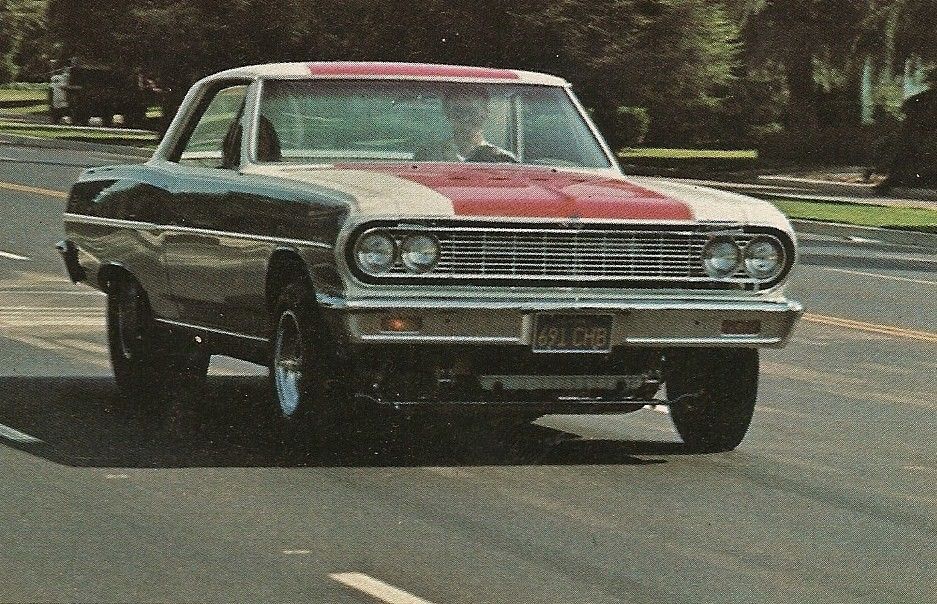
6. **Chevy Malibu**For years, the Chevy Malibu was the epitome of the sensible, reliable mid-size sedan. It wasn’t flashy, perhaps, but it was honest, offering a comfortable ride, decent space, and a familiar nameplate that resonated with American families. It served its purpose admirably, ferrying commuters and families alike, a quiet workhorse in the fiercely competitive sedan segment. The Malibu was the kind of car you didn’t have to think twice about, a pragmatic choice that simply got the job done.
However, even a bastion of practicality like the Malibu couldn’t escape the gravitational pull of changing consumer preferences. The context explicitly states that “the Chevy Malibu leaving GM’s lineup, it marks the end of an automotive era for U.S. automakers.” General Motors, much like Ford, began a significant strategic pivot towards SUVs, trucks, and, critically, electric vehicles. This realignment meant that factory space and precious engineering resources previously allocated to sedans like the Malibu were earmarked for more profitable ventures. The numbers painted a stark picture of the Malibu’s declining relevance, with GM selling just 130,000 Malibus in 2023 out of a staggering 2.6 million total vehicles, a mere five percent of total sales.
The ‘more car for the money’ phenomenon also played a pivotal role in the Malibu’s fate. Consider the 2024 Chevy Malibu, priced at $25,100, offering 15.7 cubic feet of cargo capacity, compared to the 2024 Chevy Equinox, which at a slightly higher base MSRP of $26,600, boasts a maximum of 63.9 cubic feet of cargo room. For the average buyer prioritizing practicality over driving dynamics, the Equinox was “almost a no-brainer,” as this perception of value, driven by sheer size and utility, became an insurmountable obstacle for the Malibu.
The Malibu’s departure is emblematic of the broader transformation of the American automotive landscape. Its legacy as a quintessential family sedan gives way to a future dominated by higher-riding, more versatile vehicles. It’s a bittersweet farewell to a nameplate that once represented reliability and affordability, now sacrificed at the altar of market demand and corporate strategy.
Car Model Information: 2022 Chevrolet Malibu FWD LT
Name: Chevrolet Malibu
Manufacturer: Chevrolet
ModelYears: 1964–1983,1997–2025
Class: Mid-size car
Layout: Front-engine, rear-wheel-drive layout
Predecessor: Chevrolet Chevelle
Successor: Chevrolet Celebrity
Caption: Ninth generation Chevrolet Malibu
Categories: 1970s cars, 1980s cars, 1990s cars, 2000s cars, 2010s cars
Summary: The Chevrolet Malibu is a mid-size car that was manufactured and marketed by Chevrolet from 1964 to 1983 and from 1997 to 2025. The Malibu began as a trim-level of the Chevrolet Chevelle, becoming its own model line in 1978. Originally a rear-wheel-drive intermediate, GM revived the Malibu nameplate as a front-wheel-drive car in 1997.
Named after the coastal community of Malibu, California, the Malibu has been marketed primarily in North America, with the eighth generation introduced globally. Malibu production in the US ended in November 2024, as the Fairfax plant is being retooled for the upcoming second-generation Chevrolet Bolt. The Malibu is now the last sedan to have been sold by Chevrolet in the US.
Get more information about: Chevrolet Malibu
Buying a high-performing used car >>>
Brand: Chevrolet Model: Malibu
Price: $17,988 Mileage: 64,784 mi.
Read more about: Beyond the Obvious: Uncovering 14 Overlooked Classic Cars Poised for Significant Investment Growth in 2025 and Beyond

7. **Ford Fiesta**The Ford Fiesta was a delightful anomaly in the American market for a while, bringing a splash of European charm and spirited driving dynamics to the subcompact segment. It offered a nimble, fuel-efficient package that was genuinely fun behind the wheel, a compelling choice for buyers seeking an affordable car with character, especially with its available manual transmission. It proved that small cars could still offer engagement and personality without a hefty price tag.
Alas, the Fiesta’s spirited personality wasn’t enough to save it from the market’s relentless shift. Ford, in its swift and decisive restructuring, phased out the Fiesta along with the Focus and Taurus within months in 2018, signaling a complete pivot towards SUVs and trucks in its North American lineup. The demise of the Fiesta underscores the challenges faced by smaller, enthusiast-favored cars in a market increasingly fixated on utility and perceived value.
The ‘more car for the money’ paradigm proved fatal for the Fiesta. Even at its attractive price point, its limited cargo space and lower ride height were seen as drawbacks when compared to compact crossovers. Buyers, perhaps envisioning a lifestyle requiring more versatility, opted for vehicles that offered a greater sense of capability, even if those capabilities were rarely fully utilized in daily driving. This market perception trumped its commendable driving dynamics and fuel efficiency.
The Fiesta’s departure marked the end of an era for Ford’s small car presence in America. Its legacy, however, remains among those who appreciated its nimble handling and economical nature, serving as a prime example of how even a well-regarded, fun-to-drive vehicle can become a casualty when broad consumer tastes and corporate strategies align to redefine an entire segment.
Car Model Information: 2018 Ford Fiesta SE
Name: Ford Fiesta
Manufacturer: Ford Motor Company
Production: June 1976 – July 2023
Class: Supermini
BodyStyle: hatchback
Layout: Front-engine, front-wheel-drive layout
Successor: Ford Puma (crossover)
ModelYears: 1978–1980, 2011–2019 (North America)
Categories: 1980s cars, 1990s cars, 2000s cars, 2010s cars, 2020s cars
Summary: The Ford Fiesta is a supermini car that was marketed by Ford from 1976 to 2023 over seven generations. Over the years, the Fiesta has mainly been developed and manufactured by Ford’s European operations, and had been positioned below the Escort (later the Focus).
Ford had sold over 15 million Fiestas from 1976 to July 2011, making it one of the best-selling Ford nameplates behind the Escort and the F-Series. It has been manufactured in the United Kingdom, Germany, Spain, Brazil, Argentina, Venezuela, Mexico, Taiwan, China, India, Thailand, and South Africa.
The Fiesta was discontinued in 2023, after over 22 million units had been made. The final Ford Fiesta rolled off the production line on 7 July 2023.
Get more information about: Ford Fiesta
Buying a high-performing used car >>>
Brand: Ford Model: Fiesta
Price: $8,998 Mileage: 69,789 mi.
Read more about: The Great Automotive Downshift: How High Gas Prices and Economic Headwinds Are Fueling the Resurgence of Smaller, Smarter Cars
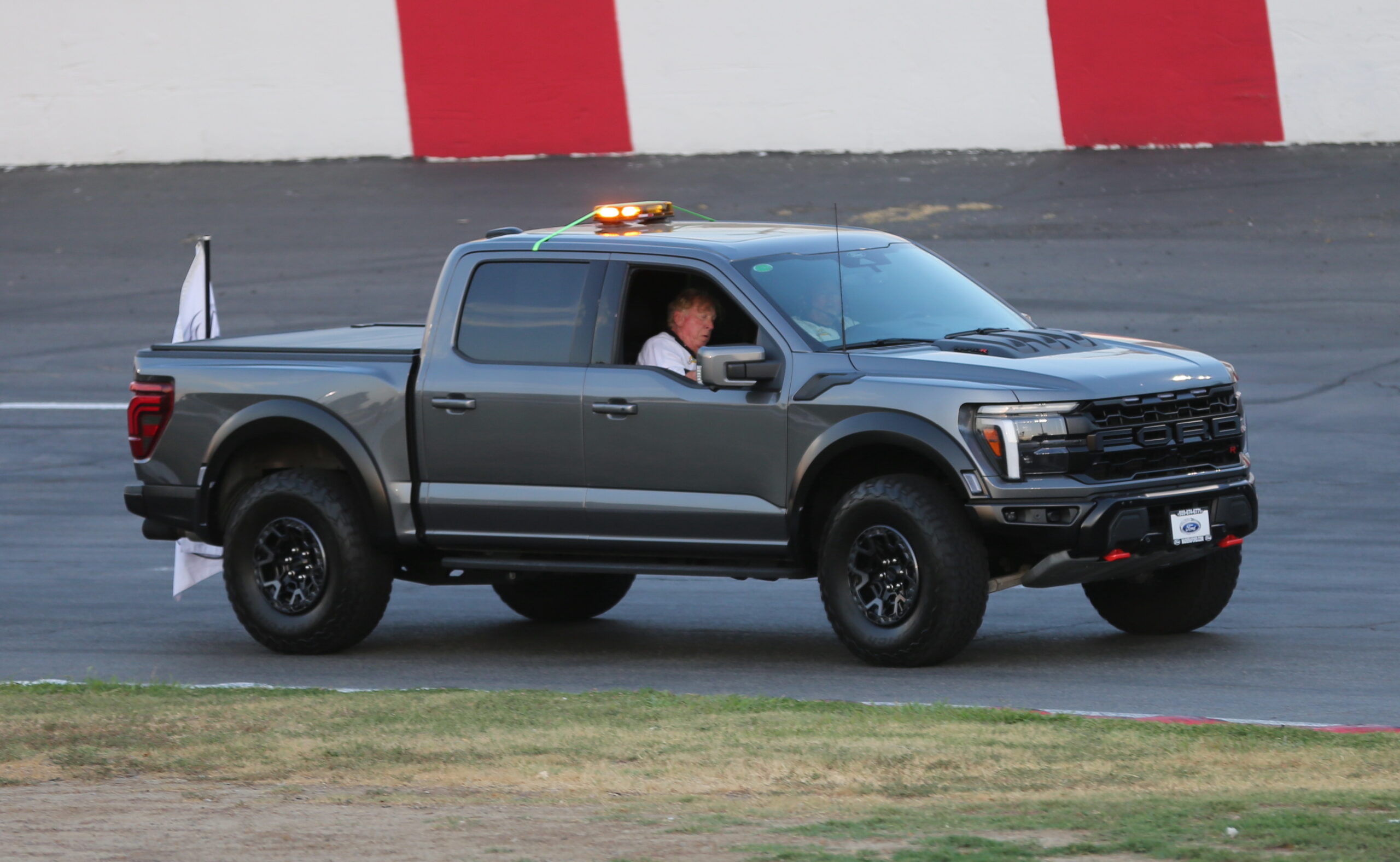
8. **Ford Taurus**The Ford Taurus, particularly in its heyday, was a revolutionary car. Its original aerodynamic design in the mid-1980s broke the mold for American sedans, becoming a sales sensation and a true segment leader. For decades, it represented mainstream American family transportation, synonymous with reliability and contemporary design for a generation of car buyers. It commanded a significant presence, a familiar sight on countless roads.
However, the Taurus, like many of its sedan brethren, found itself on a long, slow path to obsolescence. After a brief hiatus and a return, it ultimately couldn’t escape the same fate as other Ford sedans. In 2018, Ford confirmed its dramatic pivot, phasing out the Taurus alongside the Focus and Fiesta, a strategic calculation to align its entire North American portfolio with the surging demand for SUVs and trucks. This move solidified its departure from the traditional passenger car market.
The “more car for the money” argument heavily influenced the Taurus’s demise. While it offered a comfortable and spacious interior, its traditional sedan configuration inherently limited its perceived versatility compared to an SUV. Buyers were increasingly willing to pay a premium for the elevated driving position, enhanced cargo flexibility, and all-weather capability that crossovers provided, viewing these as essential attributes for a modern family vehicle. The perception of value had fundamentally shifted.
The Taurus’s legacy is complex: a former innovator turned casualty of evolving tastes. Its disappearance from the Ford lineup marked the definitive end of an era, symbolizing the comprehensive retreat of American automakers from the traditional sedan segment. It leaves behind a void not easily filled, but one that the market has decidedly moved to fill with trucks and SUVs, vehicles that promise greater freedom and capability.
Read more about: Unlocking Showroom Shine: 12 Simple Secrets to Getting Your Car Detailed for Under $50
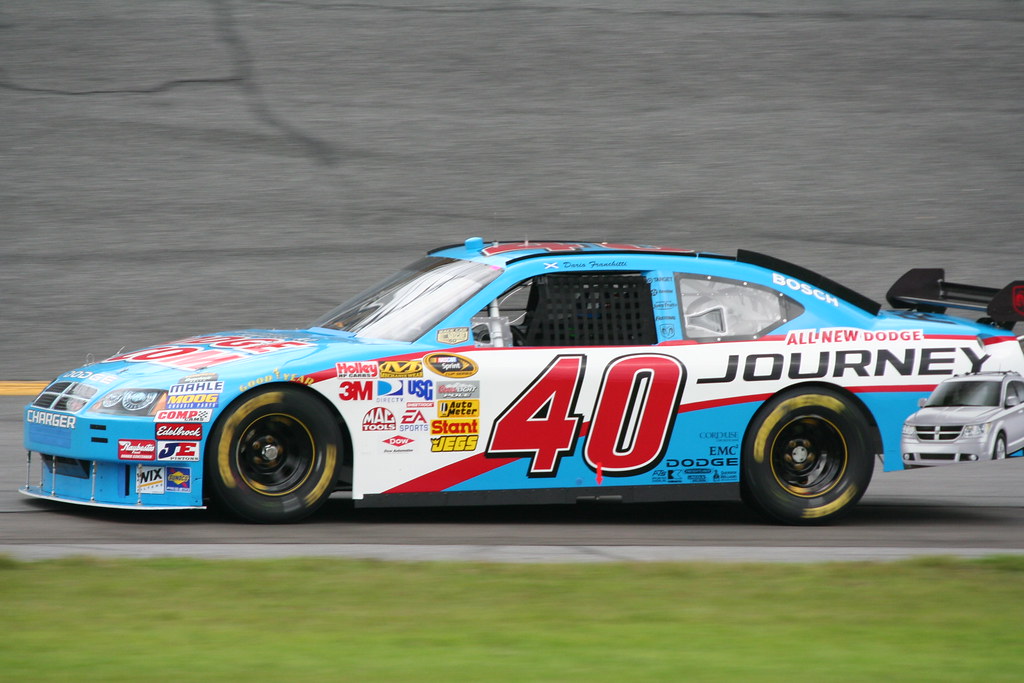
9. **Dodge Charger**The Dodge Charger, for decades, embodied raw American muscle and four-door practicality. It was a unique proposition: a full-size sedan offering aggressive styling, powerful engine options (including the mighty Hellcat variants), and enough space for a family that appreciated speed. The Charger was a statement, a rumbling defiance of sensible norms, and a thrilling blend of performance and everyday usability. It captured a certain rebellious spirit that resonated deeply with a segment of American drivers.
While the “Dodge Charger” nameplate continues in a new, often electrified form, the *once-dominant, gas-powered V8 Charger* that defined a generation of muscle sedan enthusiasts is indeed a thing of the past. The context highlights that “The Chrysler 300 and Dodge Charger were the only sedans across its brands in recent years, and those vehicles were phased out riding on a very old platform,” marking a significant loss for many traditional sedan aficionados who cherished its Hemi roar.
The decision to shift the Charger to new platforms and powertrains, including an electric variant, reflects the broader industry trend and Stellantis’s strategic priorities. While the “new-generation Charger may not have as much muscle or sound as it used to” in its EV form, it’s a necessary evolution to meet modern emissions standards and embrace the future of automotive technology, as the older V8-powered Charger couldn’t continue in its previous form.
The legacy of the V8 Charger is undeniable, leaving an indelible mark on American car culture. Its transformation into a new generation, with electric and I6 Hurricane engine options, represents a strategic gamble by Stellantis: to retain the iconic nameplate while adapting to a market that demands efficiency and future-proof technology. For enthusiasts, it’s a bittersweet transition, acknowledging the end of an era for a true American automotive legend.
Read more about: Navigating the Nightmare: The 12 Worst States for Modified Car Enthusiasts
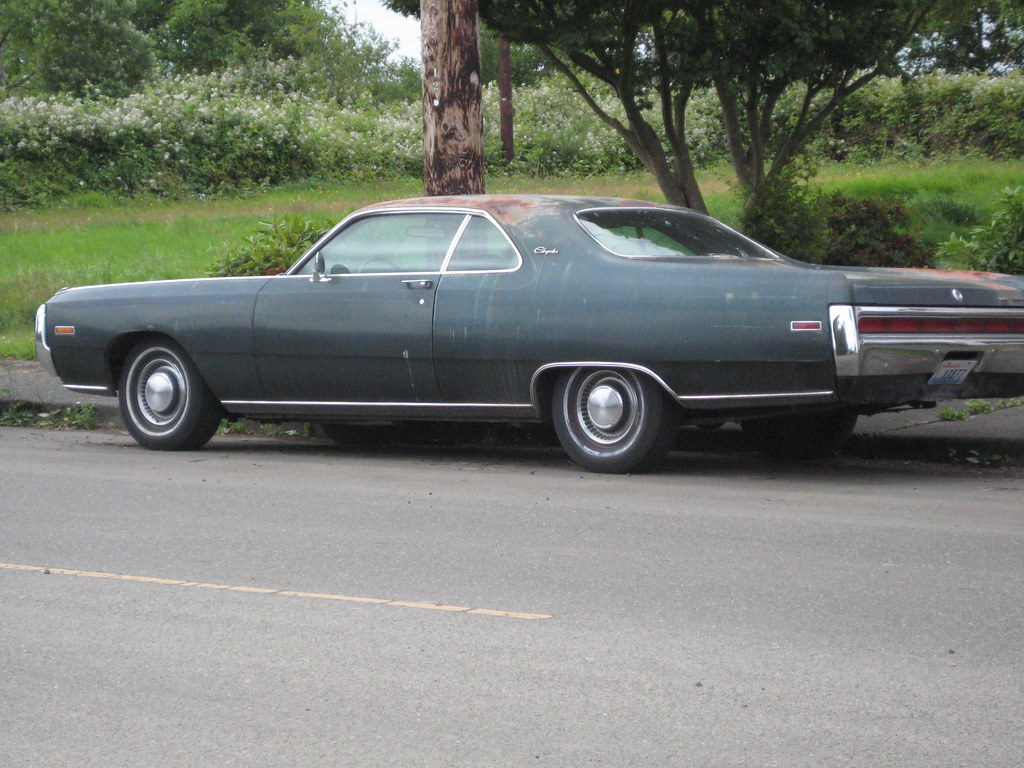
10. **Chrysler 300**The Chrysler 300 arrived on the scene with a bold, imposing presence that instantly made it stand out. With its distinctive, almost gangster-chic styling and available V8 power, it offered an unapologetically American take on luxury and performance, often at a price point that undercut its European rivals, quickly becoming a cultural icon. It exuded accessible prestige, a comfortable cruiser that commanded respect on the road.
Despite its initial success and unique aesthetic, the Chrysler 300 eventually succumbed to the pressures of an evolving market and an aging platform. The context states that the Chrysler 300 and Dodge Charger “were phased out riding on a very old platform,” a longevity that, while a testament to its robust design, ultimately became a liability in a market constantly demanding fresh technology, improved efficiency, and updated safety features. Remaining stagnant proved unsustainable.
Stellantis’s decision to discontinue the 300 reflects the broader trend of American automakers reducing their sedan offerings. With consumers increasingly gravitating towards SUVs and crossovers, the investment required to update and revitalize a traditional, full-size sedan like the 300 simply no longer made fiscal sense, shifting priority towards segments with higher sales volumes and greater profitability. The marketplace had spoken decisively.
The Chrysler 300 leaves behind a powerful legacy as one of the last true American full-size sedans with rear-wheel-drive performance aspirations. It represented an era when American design could be both distinctive and successful, bridging the gap between mainstream and luxury. Its departure signifies not just the end of a model, but the virtual cessation of American carmakers producing large, traditional sedans for the masses, marking a definitive shift in what Americans drive.
Car Model Information: 2018 Chrysler 300 S
Name: Chrysler 300
Aka: Lancia Thema
Manufacturer: Chrysler (automotive brand)
Production: February 1, 2004– December 2023
ModelYears: 2005–2023
Class: Executive car
Layout: Front-engine, rear-wheel-drive layout,automobile layout
Predecessor: Chrysler 300M,Chrysler Concorde,Chrysler Intrepid
Categories: 2010s cars, All articles with dead external links, All articles with unsourced statements, Articles with dead external links from June 2025, Articles with short description
Summary: The Chrysler 300 is a full-size car produced by Chrysler under Stellantis North America and its predecessors. The first generation (model years 2005–2010) was availabe as a four-door sedan and station wagon, in the second generation (model years 2011–2023) was available soley as a sedan.
The second generation 300 was marketed as the Chrysler 300C in the United Kingdom and Ireland and as the Lancia Thema in the remainder of Europe.
Get more information about: Chrysler 300
Buying a high-performing used car >>>
Brand: Chrysler Model: 300
Price: $15,497 Mileage: 110,192 mi.
Read more about: The 15 Most Iconic Automotive Paint Colors That Defined Eras
And there you have it, a bittersweet journey through the annals of American sedans that once ruled our roads but are now, for the most part, relegated to the history books. What happened isn’t a simple tale of one bad car or another, but a complex interplay of market forces, shifting consumer desires, and shrewd business decisions. The ‘more car for the money’ mantra, coupled with the undeniable appeal of SUVs and trucks for their versatility and commanding presence, proved to be an unstoppable tide. While brands like Cadillac and a few ambitious EV startups are still flying the flag for American sedans, the glory days of widespread four-door options from the Big Three are undoubtedly behind us. It’s a testament to how quickly automotive culture can evolve, and a poignant reminder that even icons aren’t immune to the relentless march of progress. So, the next time you spot a pristine Ford Taurus or a roaring Dodge Charger from a bygone era, give it a nod. You’re witnessing a piece of American history, a segment that may be fading, but whose legacy continues to resonate with those of us who appreciate a well-engineered, engaging sedan.


